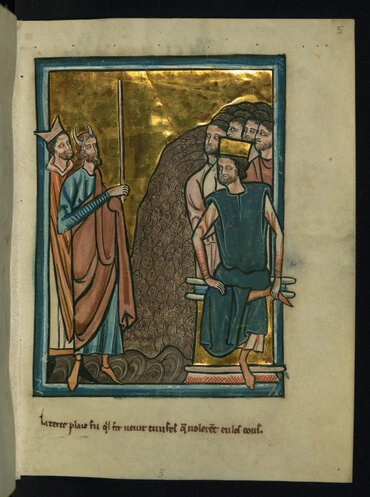1
人獻供物為平安祭(平安:或作酬恩;下同),若是從牛群中獻,無論是公的是母的,必用沒有殘疾的獻在耶和華面前。
2
他要按手在供物的頭上,宰於會幕門口。亞倫子孫作祭司的,要把血灑在壇的周圍。
3
從平安祭中,將火祭獻給耶和華,也要把蓋臟的脂油和臟上所有的脂油,
4
並兩個腰子和腰子上的脂油,就是靠腰兩旁的脂油,與肝上的網子和腰子,一概取下。
5
亞倫的子孫要把這些燒在壇的燔祭上,就是在火的柴上,是獻與耶和華為馨香的火祭。
6
人向耶和華獻供物為平安祭,若是從羊群中獻,無論是公的是母的,必用沒有殘疾的。
8
並要按手在供物的頭上,宰於會幕前。亞倫的子孫要把血灑在壇的周圍。
9
從平安祭中,將火祭獻給耶和華,其中的脂油和整肥尾巴都要在靠近脊骨處取下,並要把蓋臟的脂油和臟上所有的脂油,
10
兩個腰子和腰子上的脂油,就是靠腰兩旁的脂油,並肝上的網子和腰子,一概取下。
13
要按手在山羊頭上,宰於會幕前。亞倫的子孫要把血灑在壇的周圍,
14
又把蓋臟的脂油和臟上所有的脂油,兩個腰子和腰子上的脂油,就是靠腰兩旁的脂油,並肝上的網子和腰子,一概取下,獻給耶和華為火祭。
15
a







